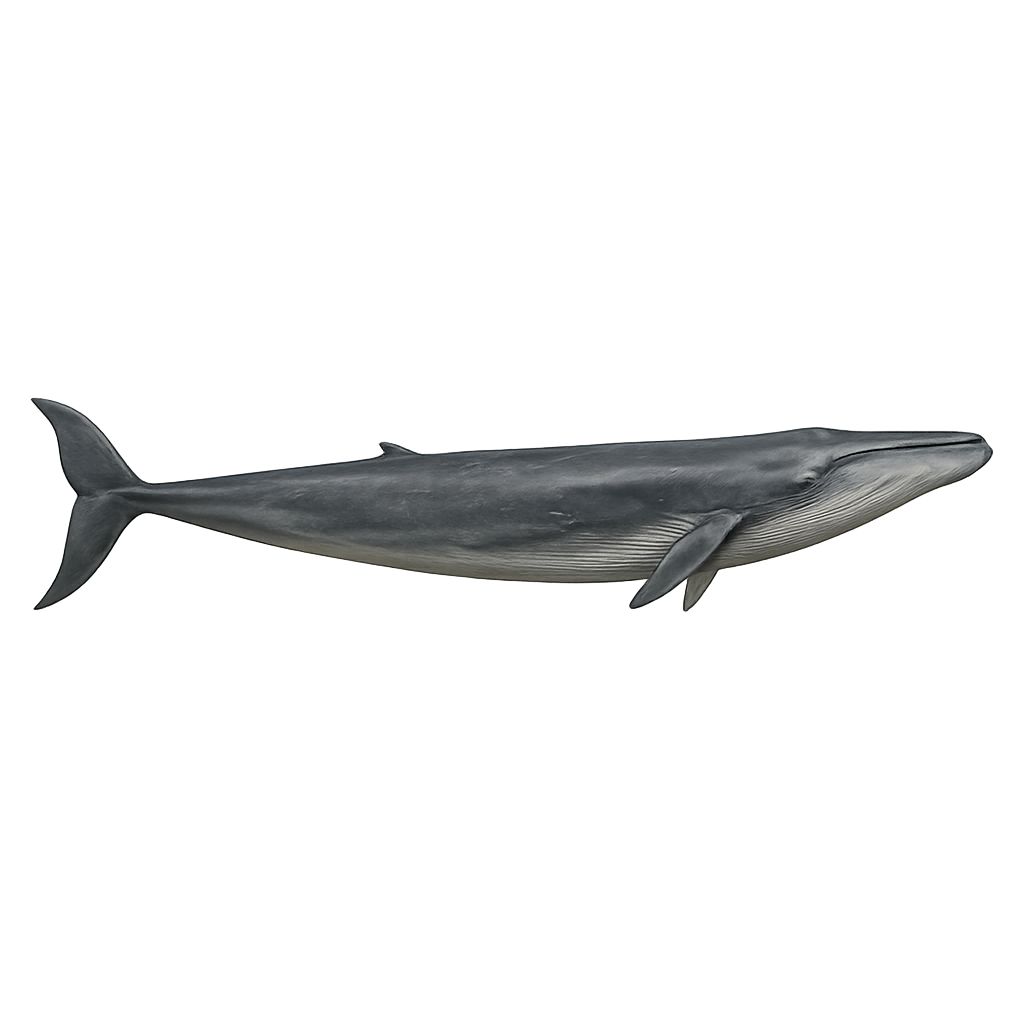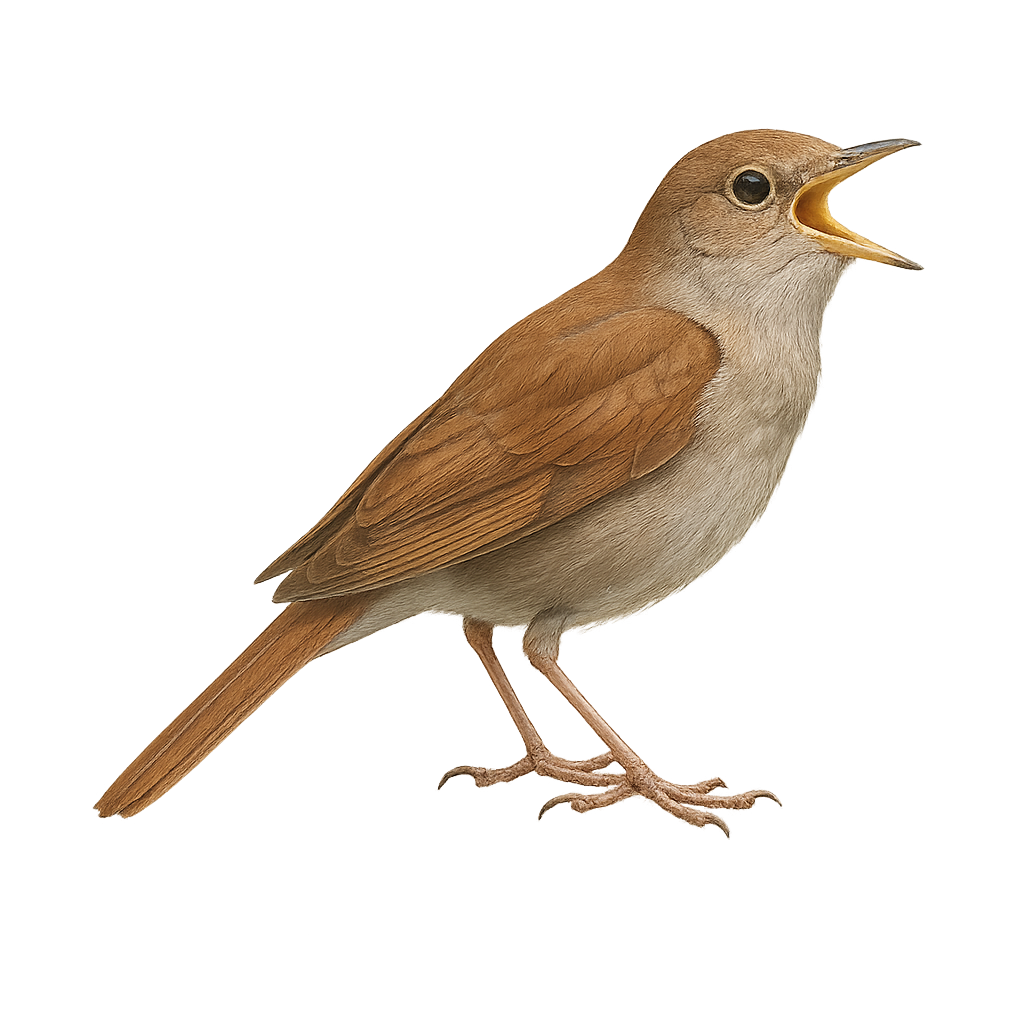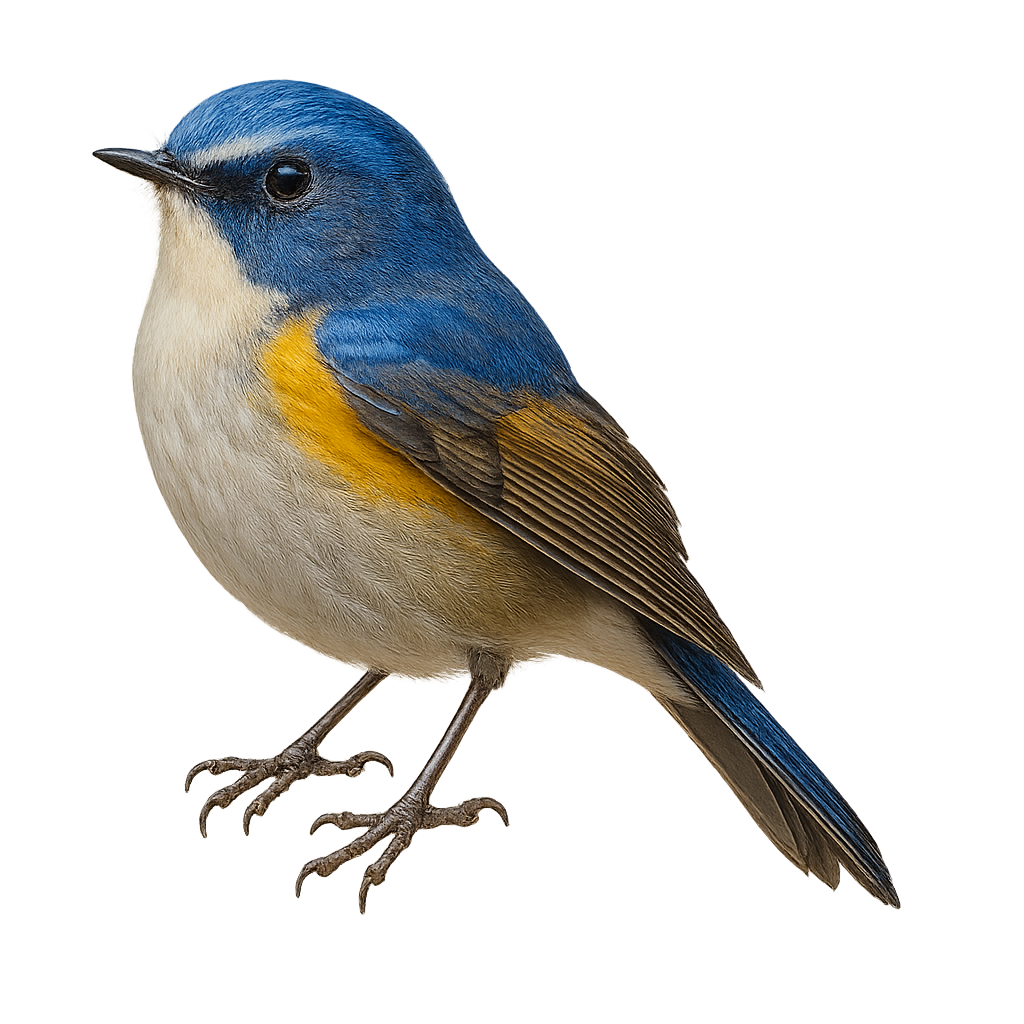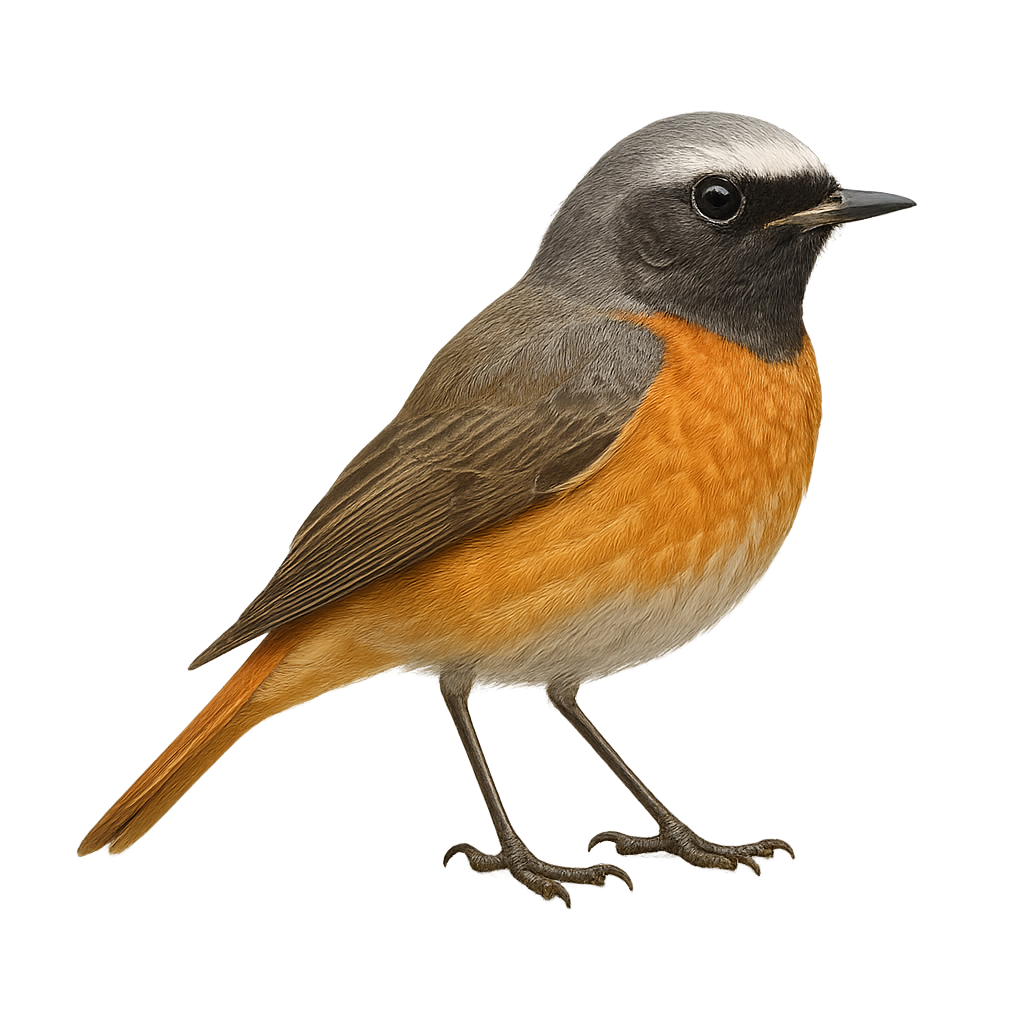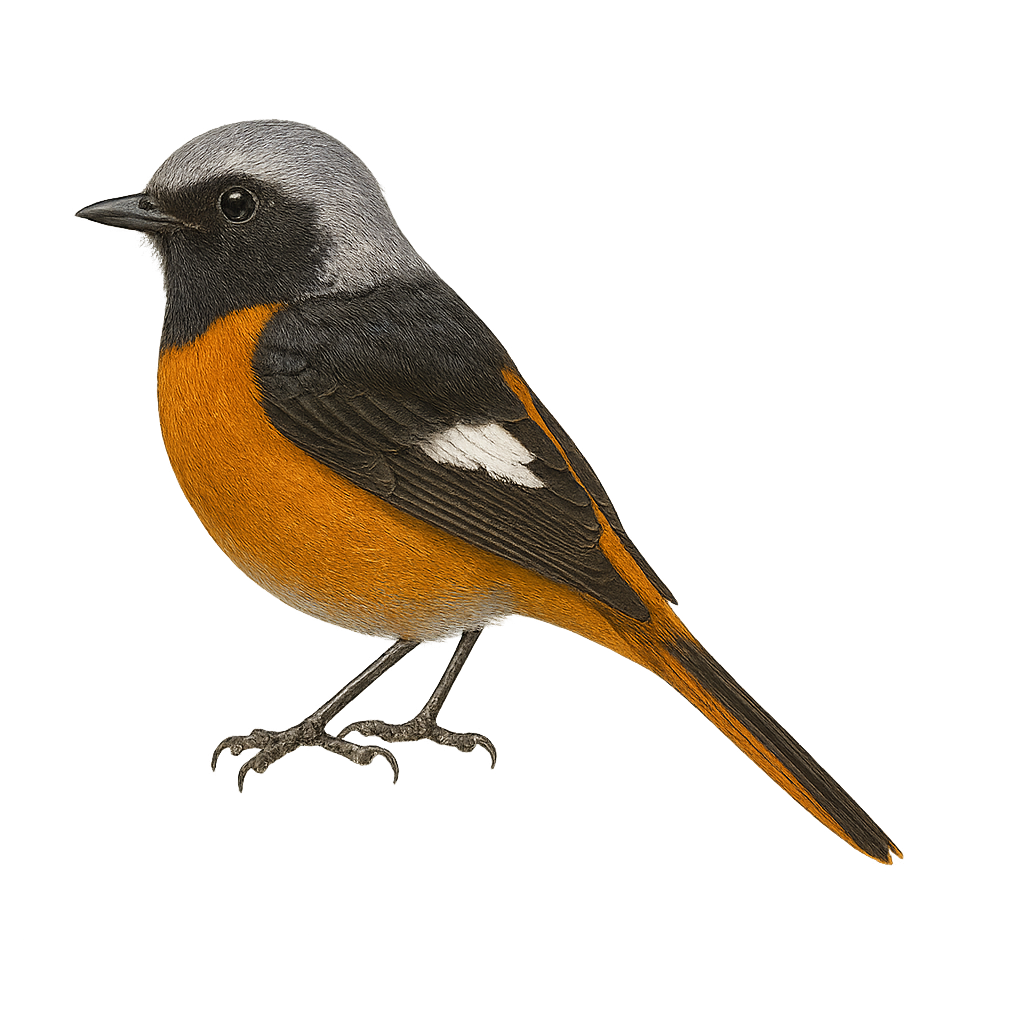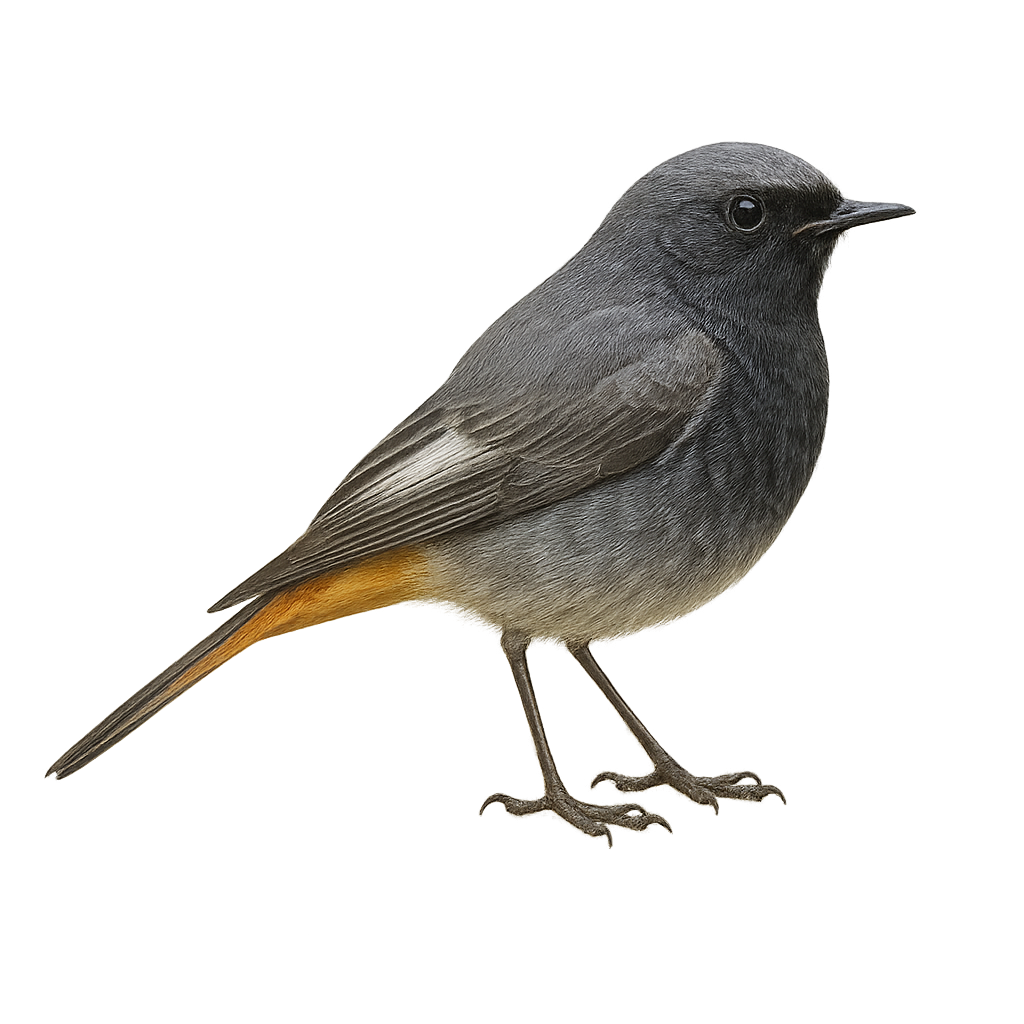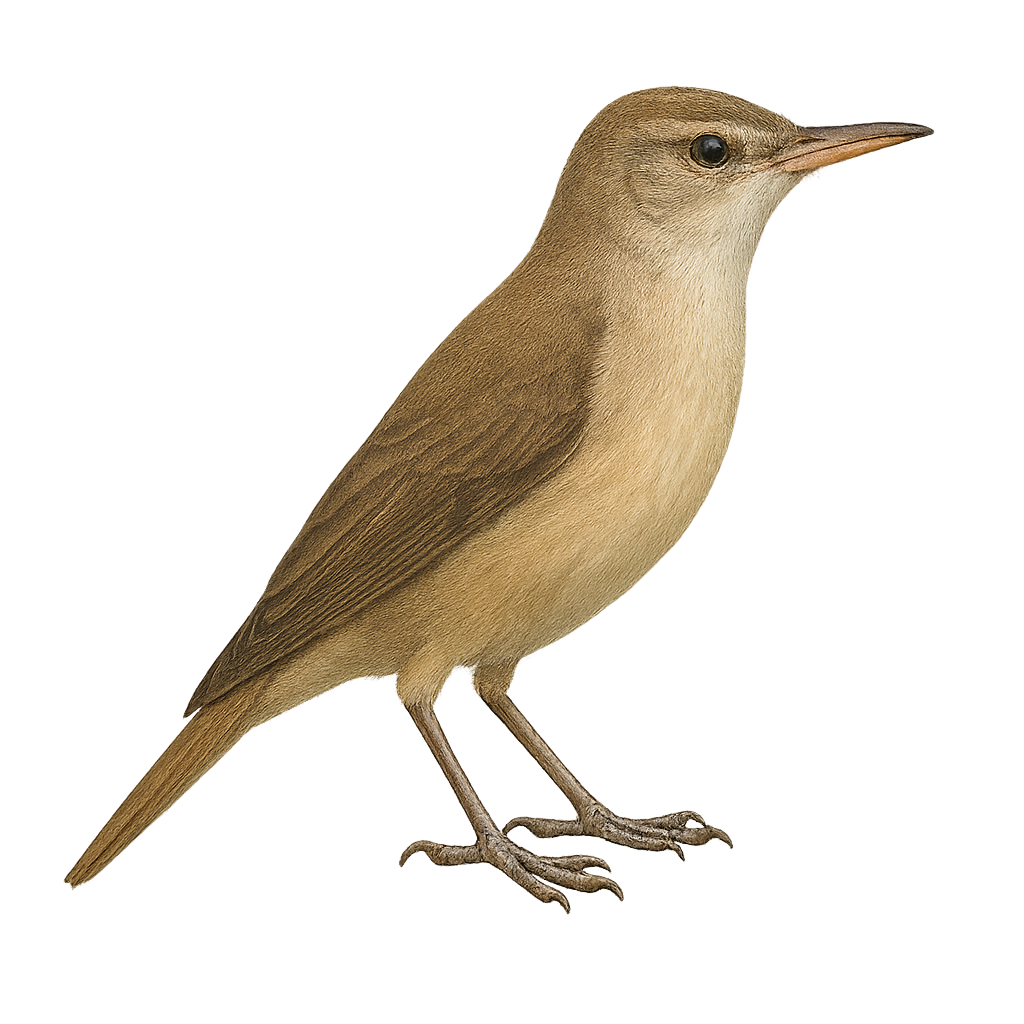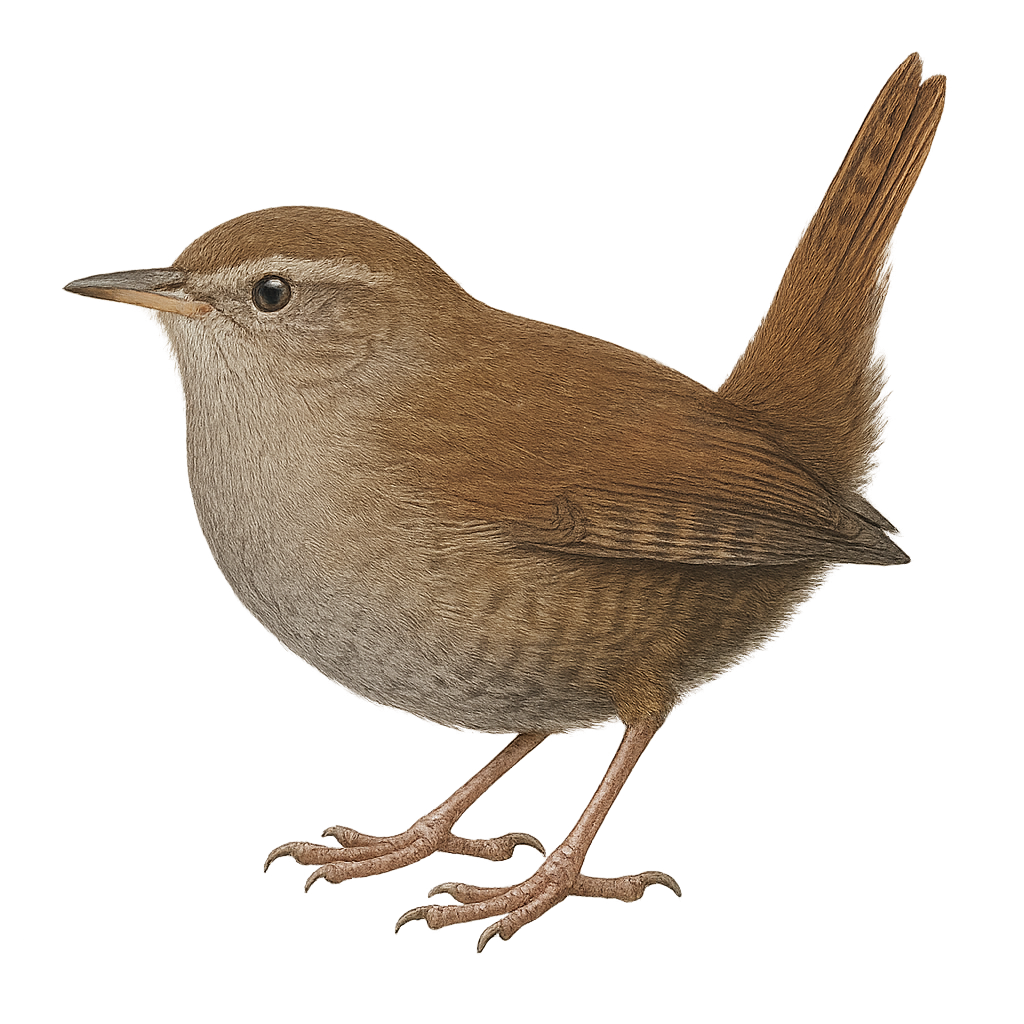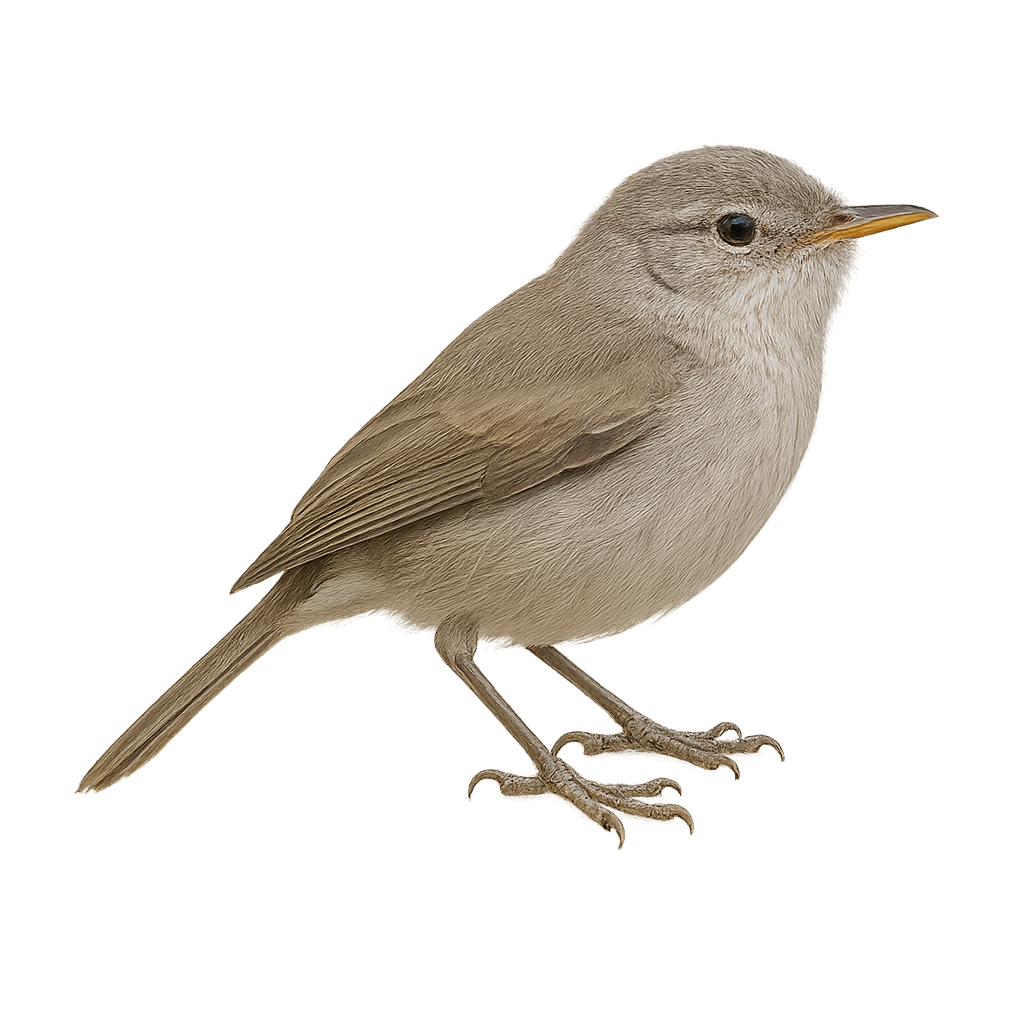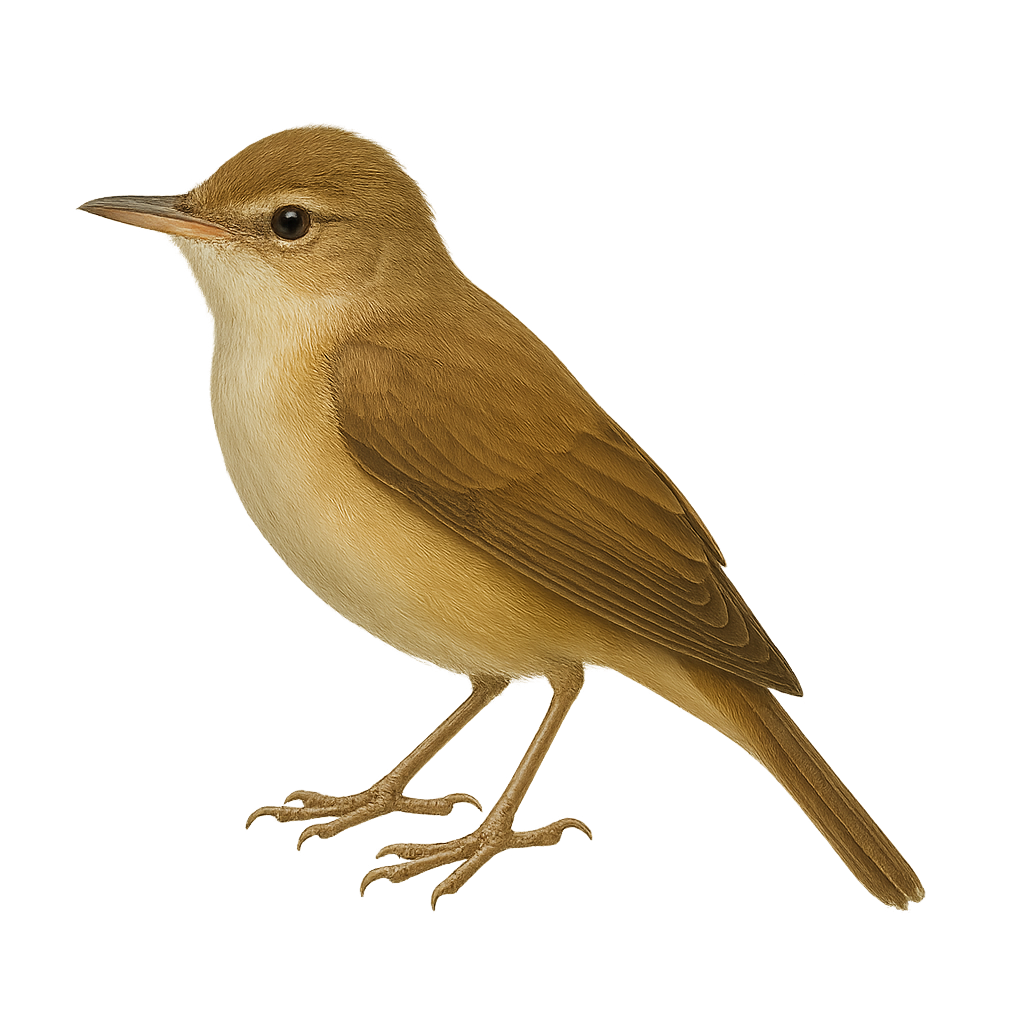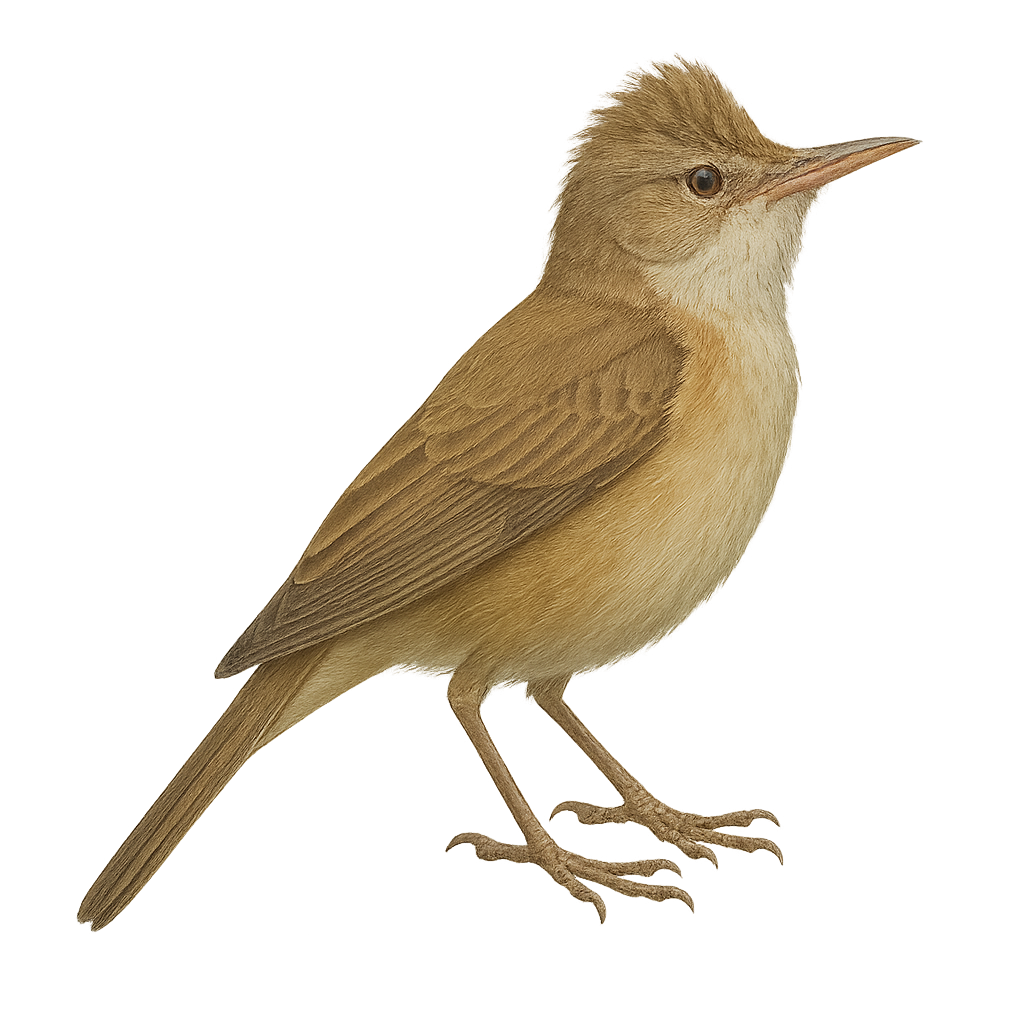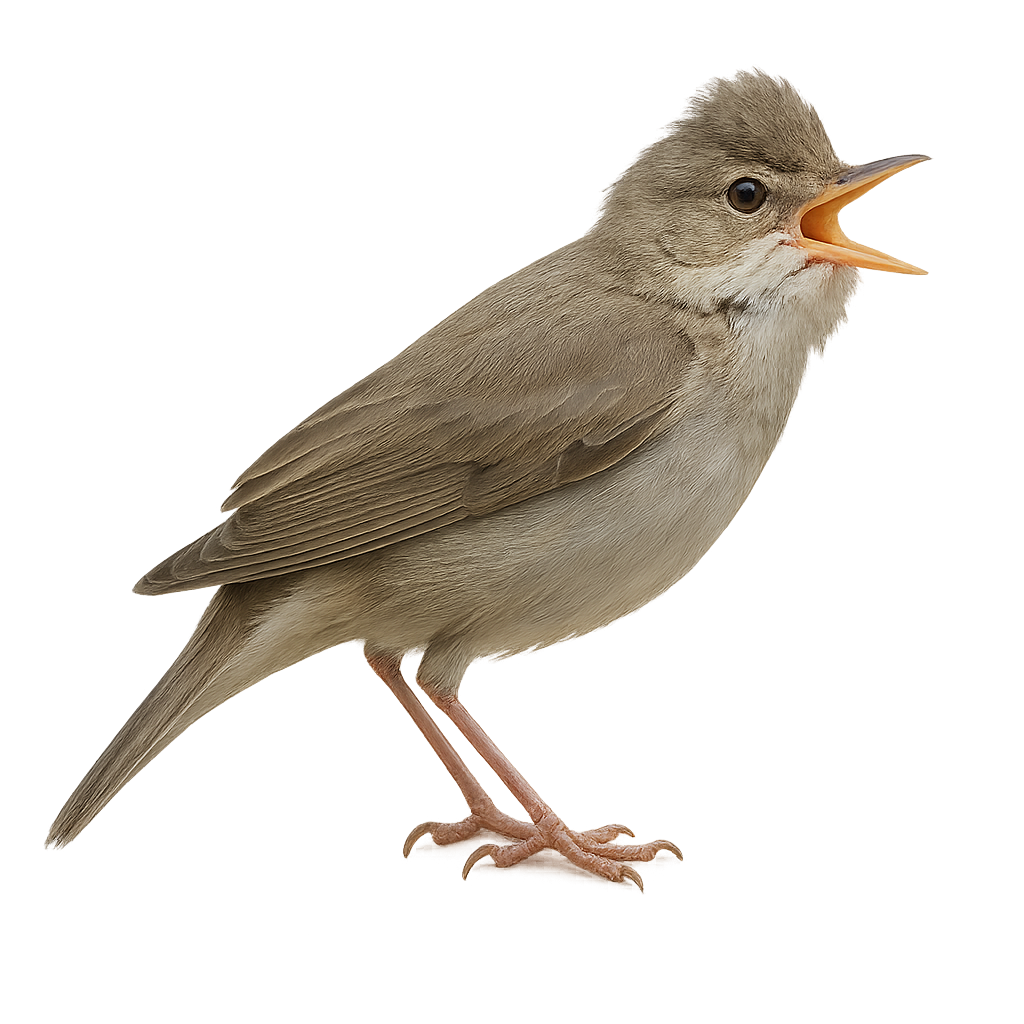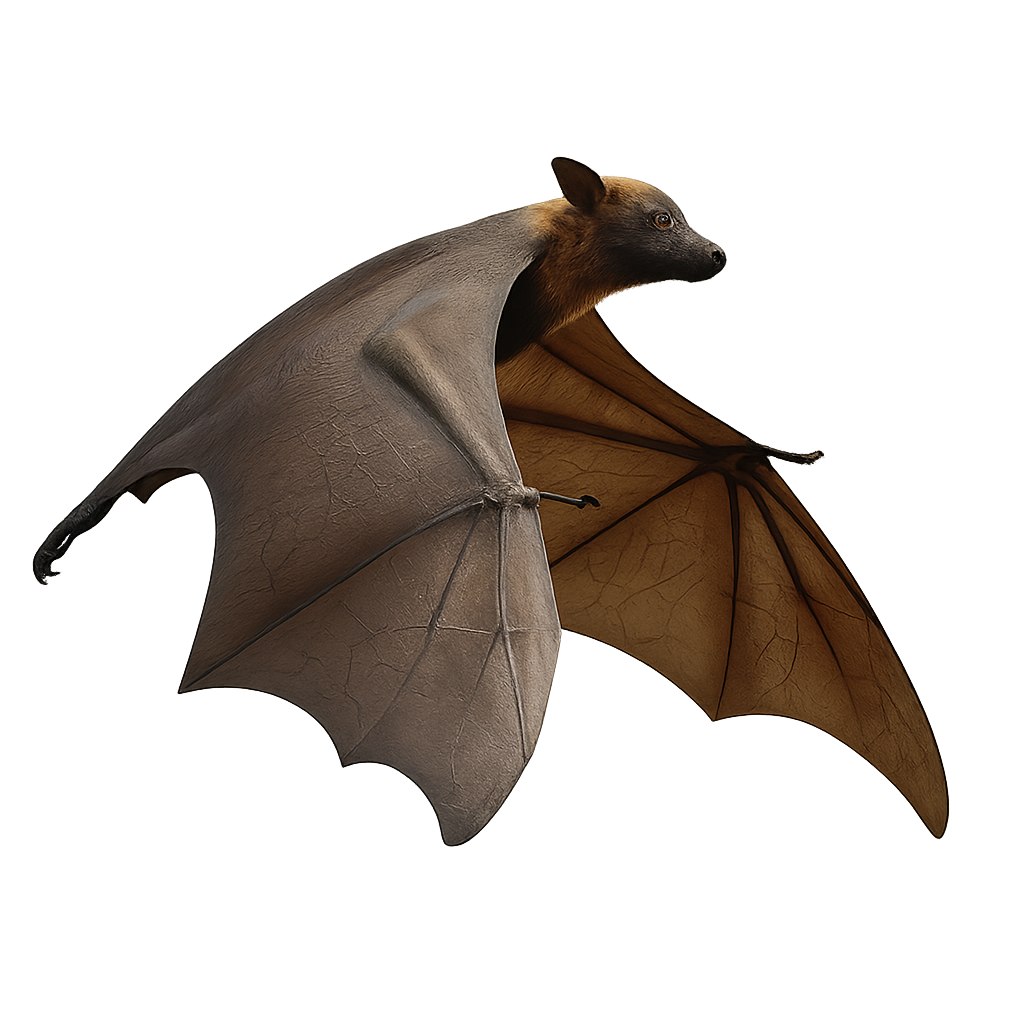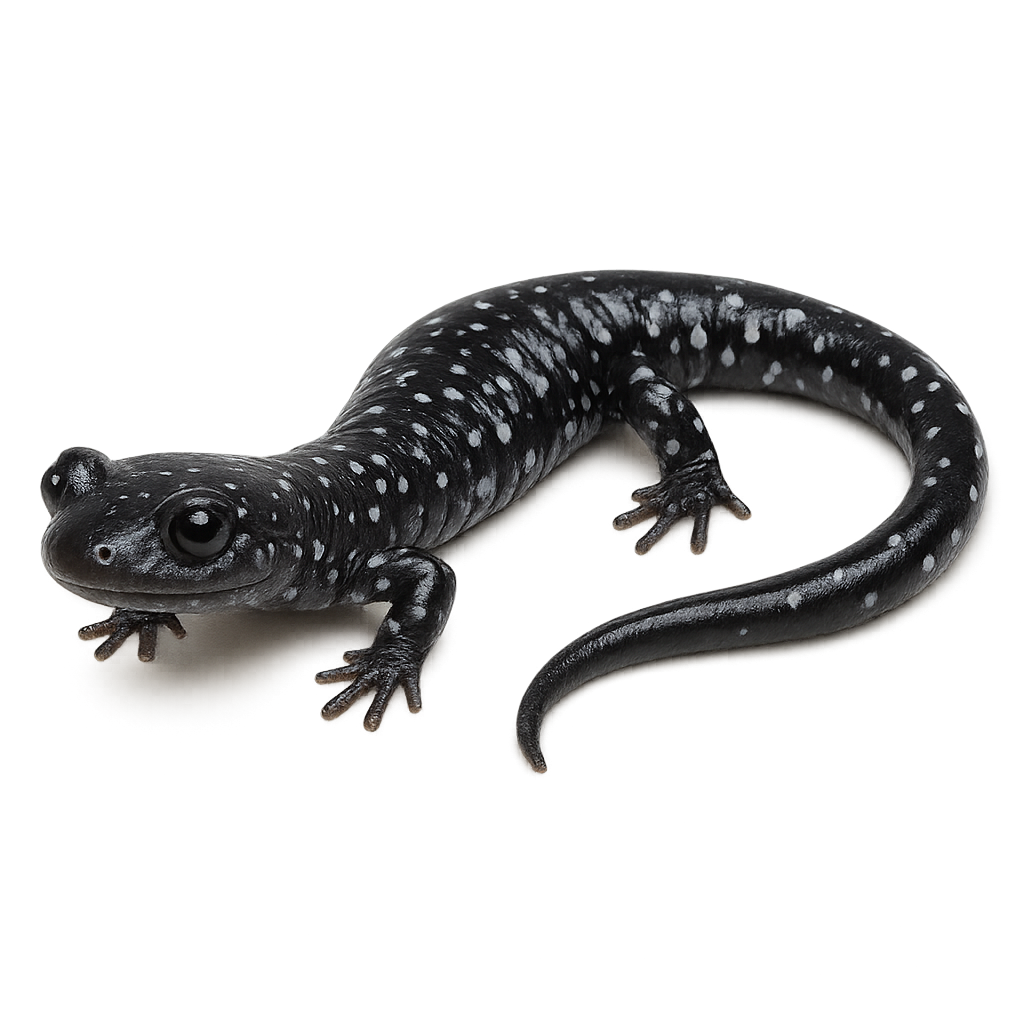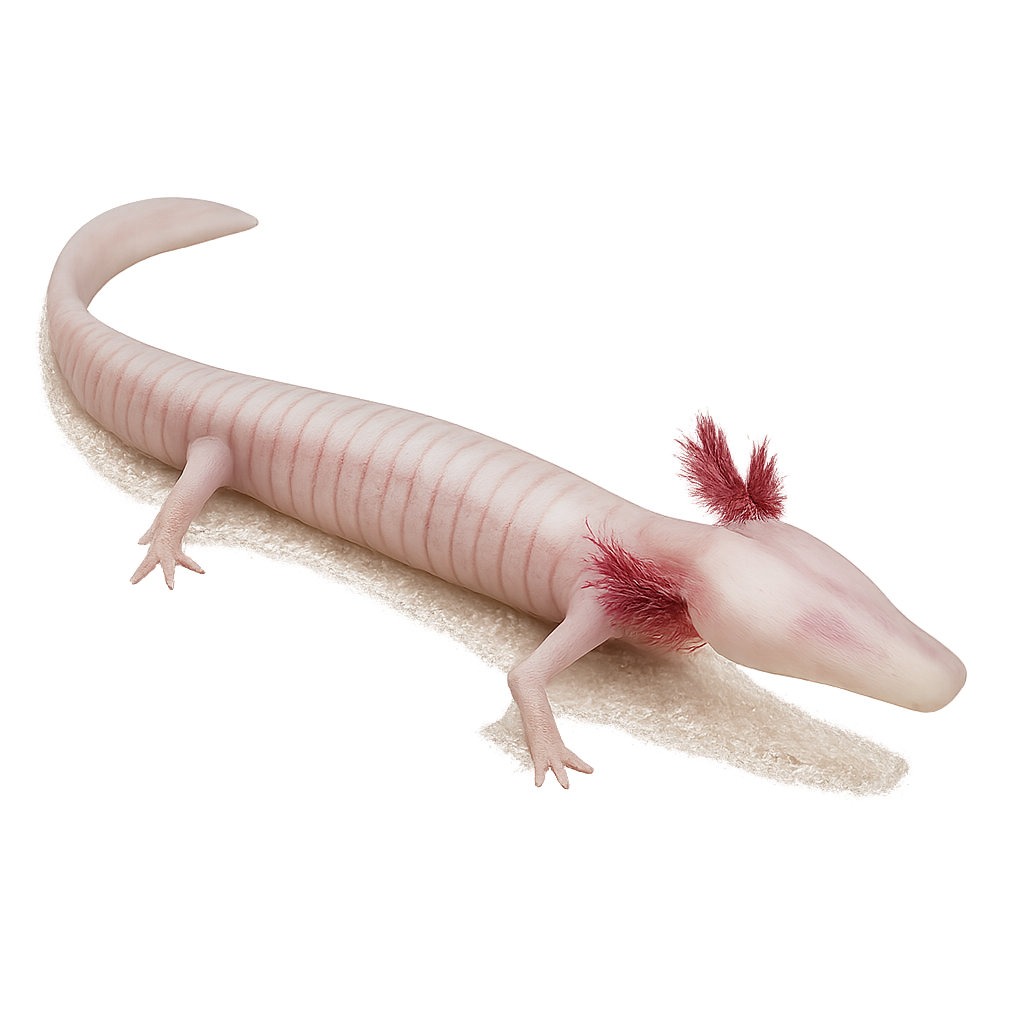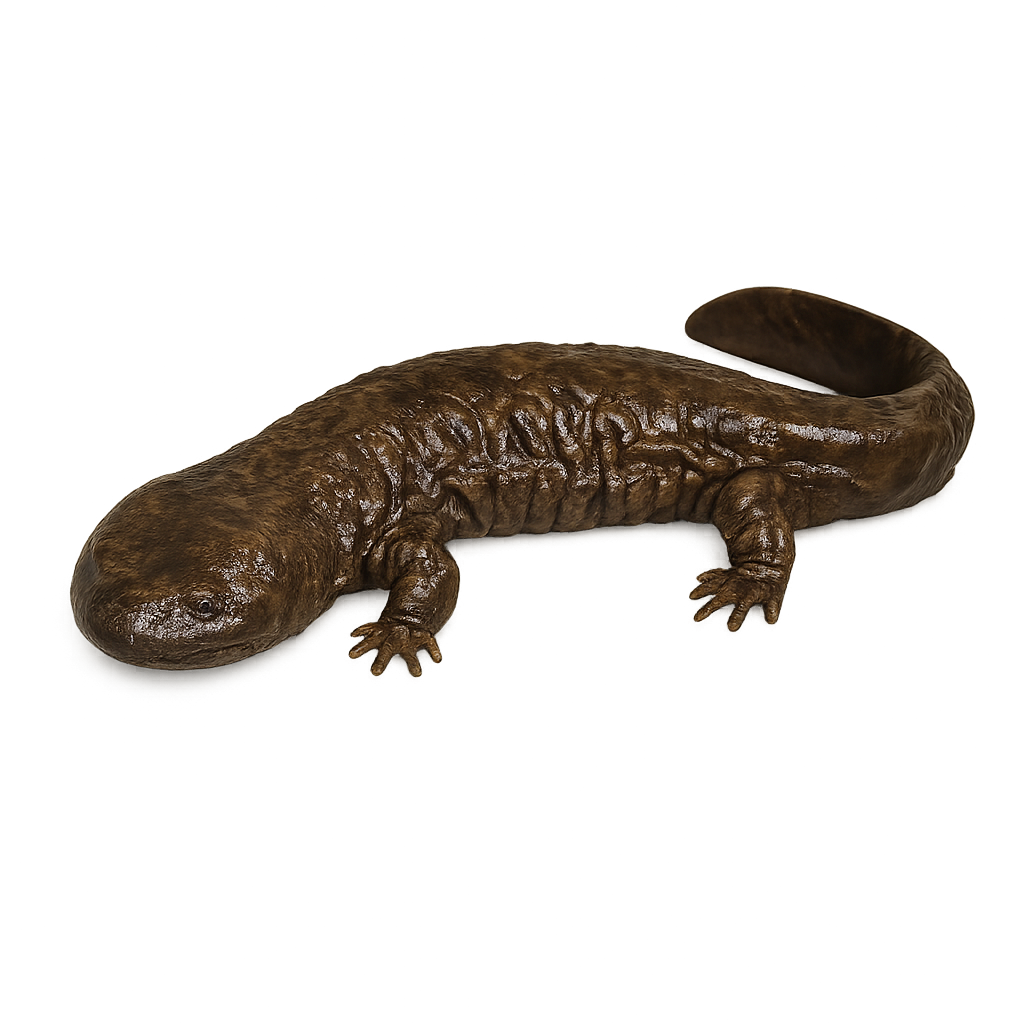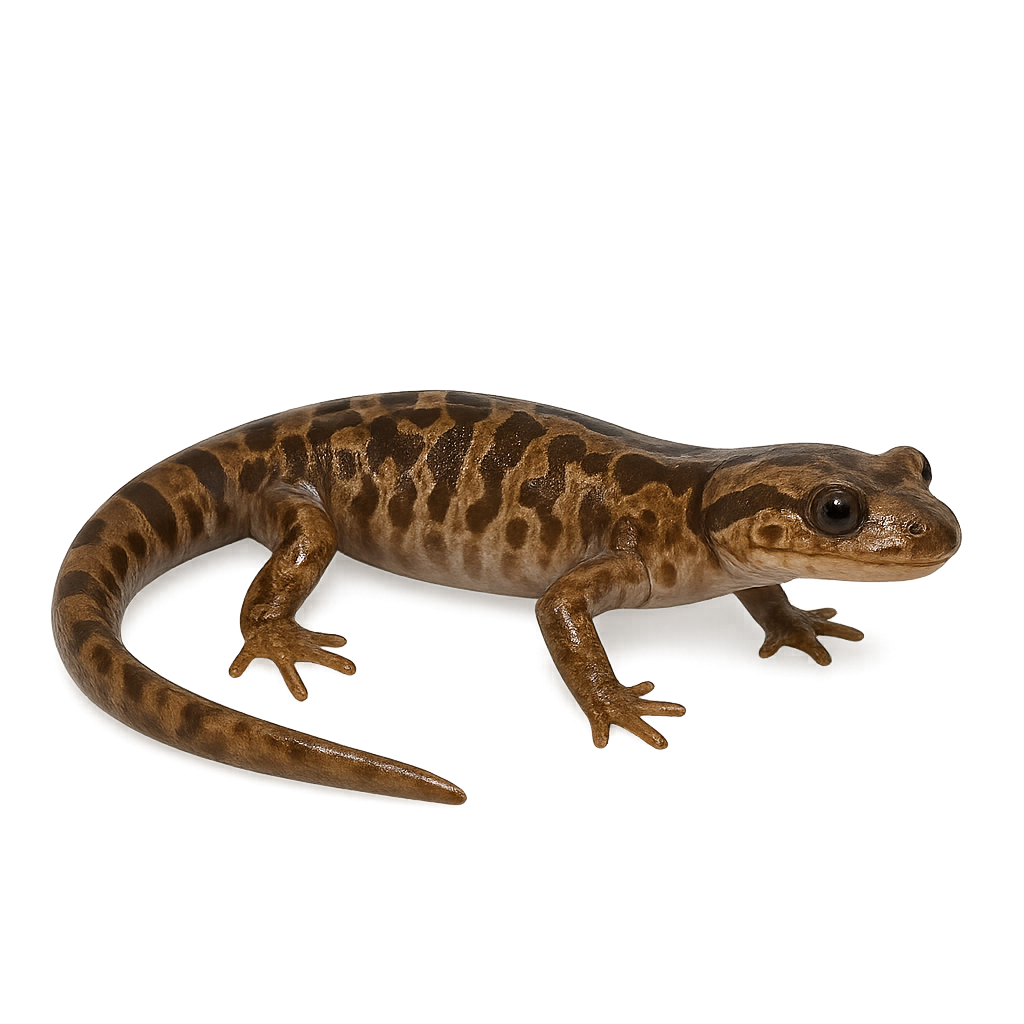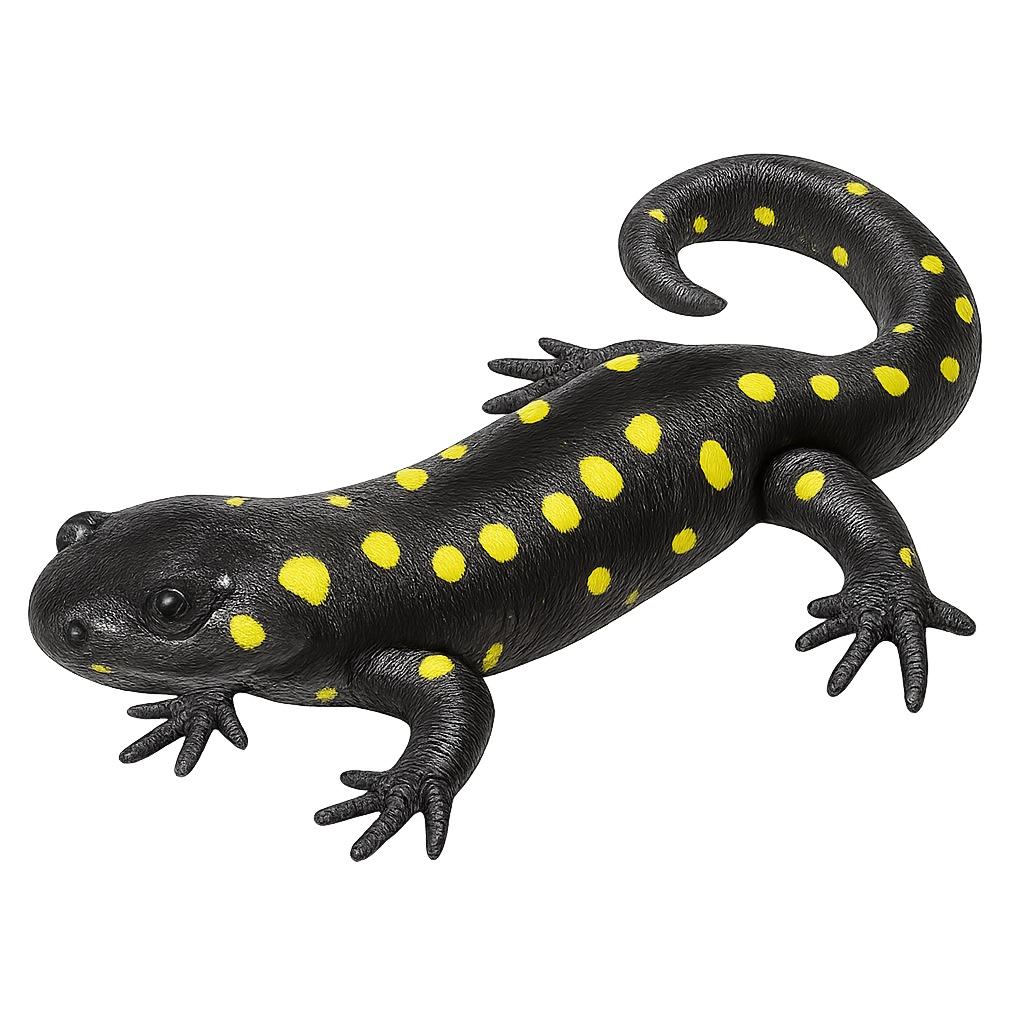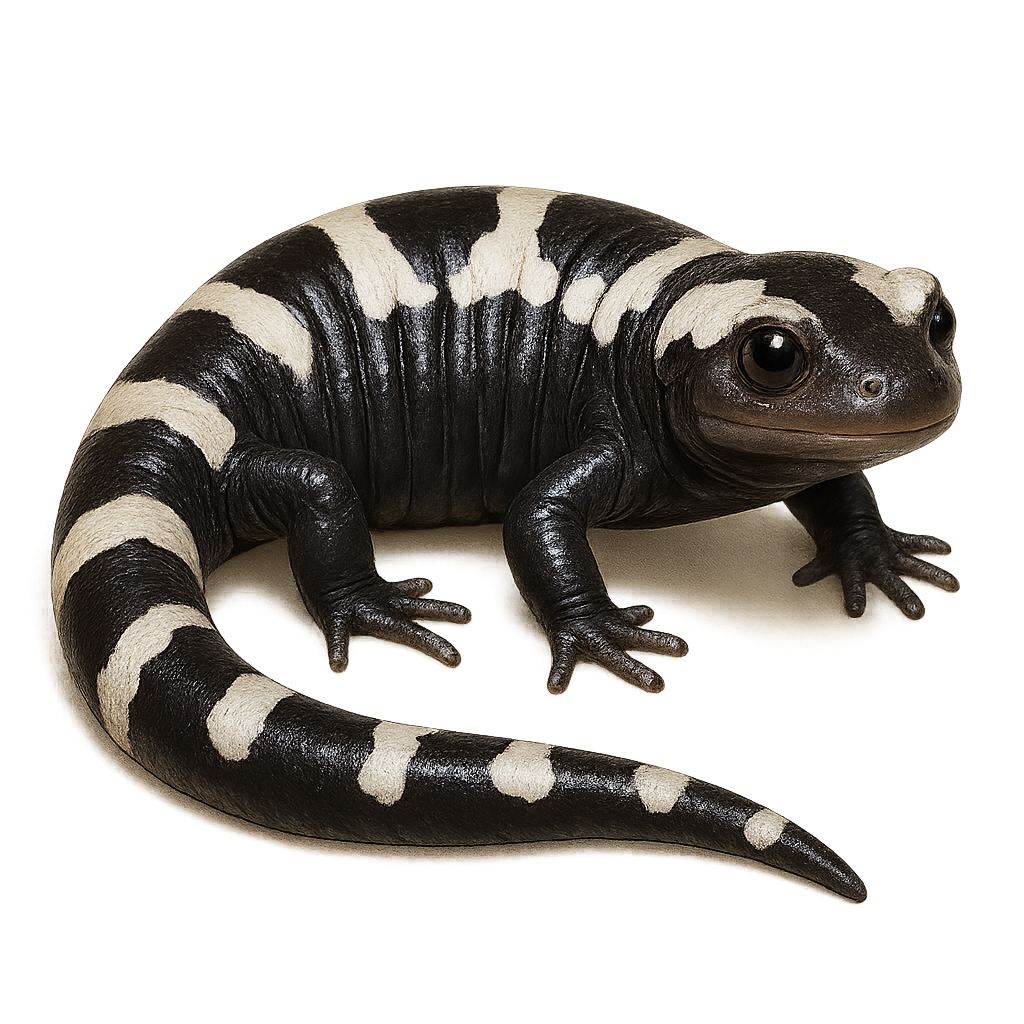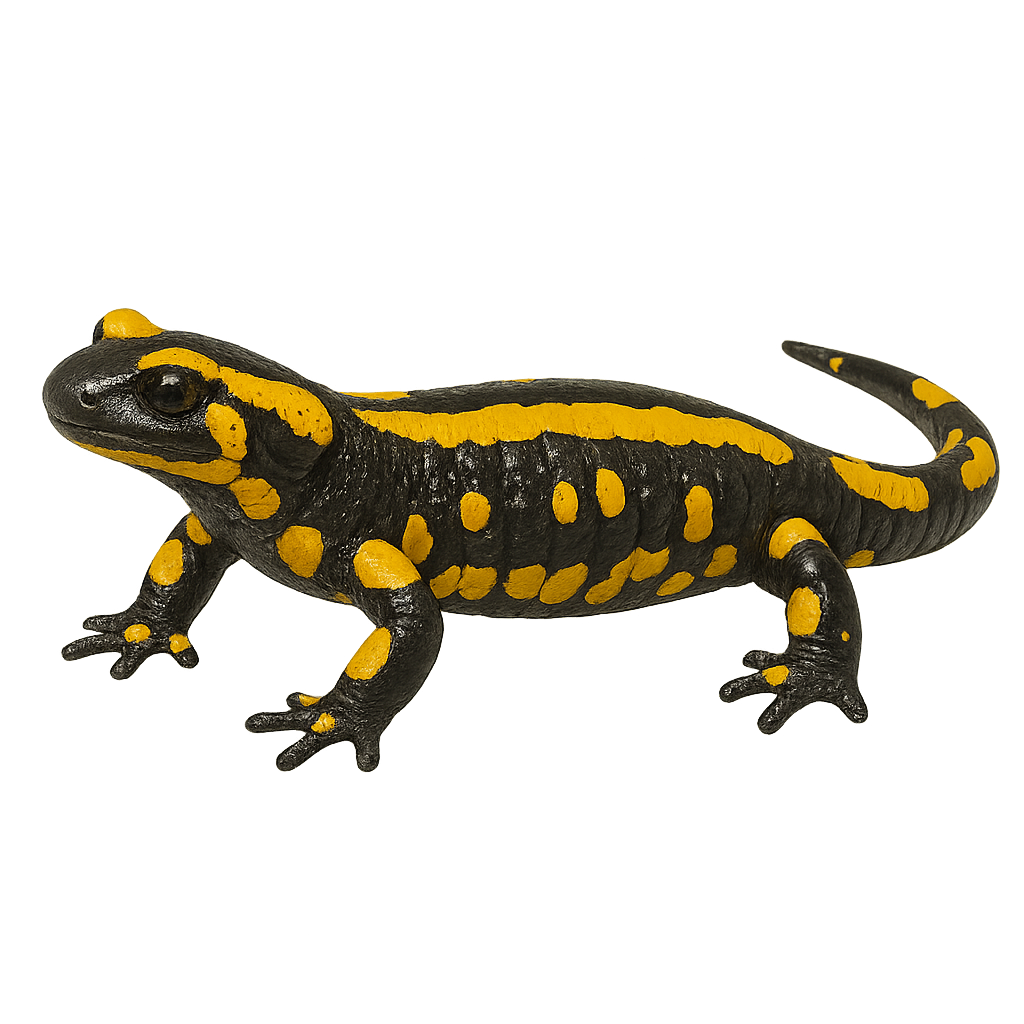The Northern right whale fin is a large baleen whale that primarily lives in the cold waters of the Atlantic and Pacific Oceans. It is one of the largest cetaceans, characterized by its streamlined body and fast swimming. Unlike other whales, it prefers deeper waters and is less often observed near the coast. The Northern right whale fin is threatened by pollution, underwater noise, and ship collisions, and is classified as vulnerable due to past commercial whaling.
The Fin whale, also known as the Minke whale, is one of the largest whale species, reaching lengths of up to 18 meters and weighing 70 tons. It primarily feeds on krill and small fish, capturing them by filtering water. This migratory whale travels long distances between breeding and feeding areas and is found in all oceans worldwide. While the Fin whale is a protected species, it is still threatened by pollution, ship strikes, and illegal whaling.
The Long-tailed Rosefinch, Uragus sibiricus, is a small passerine bird belonging to the Fringillidae family. It is easily recognizable by its long tail and bright pink plumage in males, while females display more brownish hues. This rosefinch is primarily found in Asia, particularly in Siberia, which is reflected in its scientific name. It inhabits coniferous forests, taigas, and shrublands. Its diet mainly consists of seeds, supplemented by insects during the breeding season. The Long-tailed Rosefinch is a partial migratory bird, moving southward in winter to avoid harsh climatic conditions.
The Common Rosefinch, Carpodacus erythrinus, is a small passerine bird known for its striking plumage. Males display a bright red color on the head, chest, and rump, contrasting with the brown wings and back. Females are more subdued, with brownish tones and streaks on the belly. This bird measures about 13 to 15 cm in length with a wingspan of 22 to 26 cm. It is primarily found in deciduous forests, shrublands, and wet meadows across Europe and Asia. A migratory species, it winters in India and Southeast Asia. Its melodious and varied song is often heard in spring and summer, the breeding season.
The Pallas's Rosefinch, scientifically known as Carpodacus roseus, is a small bird with striking plumage, predominantly bright pink in males and duller in females. It belongs to the Fringillidae family and is mainly found in the coniferous forests and shrublands of Northeast Asia. Its conical beak is well-suited for its granivorous diet, although it also consumes insects during summer. The Pallas's Rosefinch is a migratory bird, moving southward in winter. It is admired for its melodious song and vibrant colors, making it a favorite subject for birdwatchers and photographers. Although its conservation status is currently of least concern, habitat destruction could pose future threats.
The nightingale is a small passerine bird known for its melodious and powerful song, found primarily in woodlands, thickets, and gardens across Europe and Asia. It is easily recognized by its brown-russet plumage and light belly, as well as its relatively short beak. The nightingale is especially famous for its song, which is particularly vibrant and long, especially during the breeding season. It prefers dense and well-hidden habitats to feed on insects and worms.
The Eurasian robin is a small bird from the Muscicapidae family, easily recognized by its bright red breast. It is widely distributed across Europe, Western Asia, and North Africa. This bird is mostly active during the day, feeding mainly on insects, worms, and berries. Although very territorial, it is admired by photographers for its curious nature and active behavior.
The Tarsiger cyanurus, commonly known as the Red-flanked Bluetail, is a small passerine bird from the Muscicapidae family. It is distinguished by its vibrant plumage, with rufous flanks and a blue tail in males, while females have more subdued tones. This migratory bird primarily inhabits coniferous forests and dense undergrowth in Eurasia. It is often seen hopping on the ground searching for insects and berries. Although discreet, its melodious song indicates its presence. Its population is stable, but it is sensitive to environmental changes, especially deforestation.
The common redstart is a small passerine of 12–14 cm with bluish-grey upperparts and bright orange underparts, featuring a white forehead and black facial mask. It inhabits mixed woodlands, edges, parks and gardens, feeding mainly on insects caught on the wing and on the ground. During breeding, males sing from low perches to attract females and defend territories.
The Daurian Redstart, or Phoenicurus auroreus, is a small passerine bird belonging to the Muscicapidae family. It is easily identifiable by its distinctive plumage: the male sports a black head with a white forehead patch, a gray back, and a bright orange chest, while the female displays more subdued shades of brown and orange. This small bird is often seen in forests, parks, and gardens across East Asia, particularly in China, Korea, and Japan. Known for its melodious song, it adapts well to various habitats, including urban areas. As a partial migrant, it moves southward during winter months to escape cold temperatures.
The black redstart is a small passerine bird found primarily in urban areas, gardens, rocky habitats, and steep slopes across Europe, Asia, and the Middle East. It is distinguished by its dark gray plumage, light belly, and orange-red tail. This small bird is especially known for its lively behavior and ability to adapt to human environments. It primarily feeds on insects and berries, which it finds in urban spaces or wooded areas.
The Oriental Reed Warbler, Acrocephalus orientalis, is a medium-sized bird belonging to the Acrocephalidae family. It is primarily found in Asia, particularly in eastern Russia, China, and Japan. This migratory bird is known for its long journeys to Southeast Asia during the winter. Its plumage is generally olive-brown on the top and lighter underneath, allowing it to blend into the reeds and marshes it frequents. The Oriental Reed Warbler feeds mainly on insects and small invertebrates, which it captures in dense foliage. Its song is melodious and varied, often heard in spring and summer.
Cetti's warbler is a small passerine, 11–13 cm long, with dull brown-olive plumage and pink legs. Secretive species of riverside scrub and reedbeds, feeding mainly on insects and spiders. During breeding the male sings loudly from an exposed perch to mark its territory.
The Rodrigues Warbler, or Acrocephalus brevipennis, is a small passerine bird endemic to Rodrigues Island in the Indian Ocean. This bird is primarily recognized for its olive-brown plumage and melodious song. It inhabits the wooded areas and marshes of the island, where it feeds mainly on insects. The Rodrigues Warbler is critically endangered, mainly due to deforestation and habitat loss. Conservation efforts are underway to protect this unique species, including habitat restoration and captive breeding programs.
The common reed warbler is a medium-sized warbler, about 13 cm long, with plain brown upperparts and buff underparts. It is secretive in reedbeds, feeding chiefly on insects and spiders gleaned from stems. During breeding, the male sings from a low perch to defend its territory and court the female.
The great reed warbler is an insectivorous passerine and the largest of the European reed warblers, measuring 18.5–20 cm in length with a 24–27 cm wingspan and weighing 25–38 g. It has unstreaked brown upperparts, buffish-white underparts and a pale supercilium. It inhabits dense reed beds, marshes and waterside vegetation, feeding mainly on insects, spiders and small amphibians.
The Eurasian reed warbler is a small migratory passerine, 11–13 cm long, with olive-brown plumage and a repetitive, hiss-like song. It inhabits reed beds and freshwater marshes, feeding on insects and larvae. During the breeding season, the male sings from an exposed perch and the pair builds a vase-shaped woven nest within dense reed vegetation.
The large flying fox is a large frugivorous bat with a wingspan up to 1.5 m and weight up to 1 kg. Its grey-brown fur, accented by a pale yellow collar, covers its elongated body and long muzzle. Endemic to Southeast Asia (Malaysia, Indonesia, Philippines, Thailand), it roosts in colonies in forests and coastal mangroves, feeding on fruits, nectar, and flowers. During the breeding season, males defend a small harem and mate between November and January, with a single pup born in March-April.
The African straw-coloured fruit bat is a fruit-eating bat species native to sub-Saharan Africa. This bat is easily recognizable by its golden or straw-colored fur, which helps it blend into the foliage during the day. The African straw-coloured fruit bats primarily feed on fruits, nectar, and pollen, playing a crucial role in pollinating plants. They form large colonies and are often seen in flight at dusk as they head out to search for food. These bats can also travel long distances, making them adaptable to a wide range of habitats.
The saiga is an antelope from the Central Asian steppes, recognizable by its prominent, trunk-like nose that filters dust and warms inhaled air. Adapted to arid environments, it migrates in large herds in search of pastures. Its population, once declining, shows signs of recovery due to conservation efforts.
Plethodon albagula, commonly known as the Western Slimy Salamander, is an amphibian species in the Plethodontidae family. It is primarily found in the wooded regions of central United States, particularly in moist and shaded areas. This salamander is characterized by its smooth and moist skin, often black with white or grayish spots on its back. It typically measures between 10 and 15 cm in length. Nocturnal, it primarily feeds on insects and other small invertebrates. Unlike many other salamander species, it lacks lungs and breathes through its skin. Its reproduction is terrestrial, and it lays its eggs in moist places, where the larvae develop without an aquatic phase.
The Proteus anguinus, commonly known as the olm, is a fascinating amphibian inhabiting the karst caves of the Dinaric region in Europe. This curious animal is adapted to underground life, with depigmented skin and atrophied eyes, rendering its vision almost nonexistent. It typically measures between 20 and 30 centimeters in length and has an elongated, eel-like body with reduced limbs. Its respiration is ensured by feathery external gills, allowing it to live in oxygen-poor underground waters. The Proteus anguinus primarily feeds on small aquatic invertebrates. Its exceptional longevity, reaching up to 100 years, and its ability to survive without food for several years make it a captivating subject of study for scientists.
The Eastern hellbender is one of the largest salamander species in the world, growing up to 75 cm in length. It primarily inhabits clear rivers and streams in the United States, where it hides among rocks and feeds on small aquatic invertebrates. This amphibian is particularly sensitive to water pollution and habitat loss. Due to these threats, the Eastern hellbender is classified as a vulnerable species.
The Chinese giant salamander, Andrias davidianus, is the largest amphibian in the world, reaching up to 1.8 meters in length. It primarily inhabits mountain rivers and lakes in China. Its skin is rough and dark brown, allowing it to blend into its aquatic surroundings. It is mainly nocturnal and feeds on fish, crustaceans, and insects. Unfortunately, this species is critically endangered due to habitat loss and water pollution. The Chinese giant salamander is also threatened by illegal hunting for its meat, considered a delicacy.
The Japanese giant salamander is one of the largest salamanders in the world, reaching lengths of up to 1.5 meters. It lives in cold rivers and mountain streams in Japan, primarily in the regions of Honshu and Shikoku. This nocturnal predator feeds mainly on fish, crustaceans, and aquatic insects. Due to its imposing appearance and secretive behavior, this salamander is often difficult to spot. It is protected due to habitat loss and river pollution.
The Coastal Giant Salamander, Dicamptodon tenebrosus, is a fascinating species of salamander primarily inhabiting the moist forests of the Pacific Northwest in North America. Known for its large size, it can grow up to 35 cm in length. Its skin is typically dark brown with lighter marbled patterns, allowing it to blend effectively into its natural surroundings. This salamander is mostly nocturnal, feeding on invertebrates, small fish, and occasionally small mammals. It plays a crucial role in the ecosystem by regulating insect populations and serving as prey for other animals. Although relatively tolerant of human disturbances, habitat destruction poses a threat to its survival.
The spotted salamander is an urodele amphibian, 15–25 cm long, with a jet-black back marked by bright yellow spots. It inhabits humid deciduous forests and migrates by night to ephemeral pools in early spring to breed.
The Ambystoma opacum, or marbled salamander, is a fascinating amphibian native to North America. It is distinguished by its modest size, typically between 9 and 11 cm, and its unique black and white coloration, giving it a marbled appearance. This salamander prefers humid habitats such as deciduous forests and marshy areas. It is nocturnal, meaning it is primarily active at night. The marbled salamander is oviparous, laying its eggs in moist depressions before the autumn rains. It is known for its ability to hide under leaves and debris to avoid predators. Although its conservation status is concerning, it is not currently endangered.
The Alpine salamander is a terrestrial amphibian of the Alpine arc, with a shiny black body and short limbs. It inhabits humid montane forests and alpine meadows above 700 m, feeding on insects and small invertebrates. During the breeding season, males and females meet on damp ground to mate, without returning to water.
The Spotted Salamander is an amphibian primarily found in forests and wetlands across Europe, particularly in France, Spain, and Germany. It typically measures between 15 and 25 cm in length, although some specimens can reach up to 30 cm. Its body is black with bright yellow spots, making it easily identifiable. The Spotted Salamander is a nocturnal and terrestrial animal, hiding during the day under rocks or in holes in the ground to protect itself from the heat. It is carnivorous and feeds primarily on insects, worms, small crustaceans, and other invertebrates. While it remains relatively abundant in certain regions, this species is threatened by water pollution, habitat destruction, and climate change.



